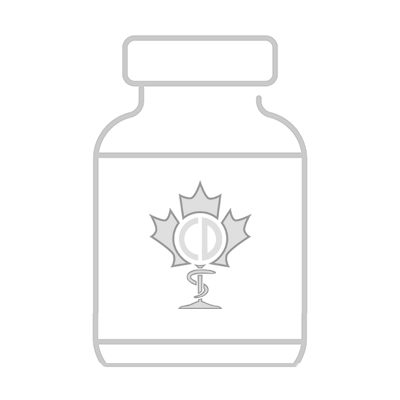What is Verapamil used for?
Verapamil is a medication called a calcium channel blocker. It works to relax the muscles of your heart and blood vessels.
Verapamil is used in the treatment of high blood pressure (hypertension), chest pain (angina), and certain heart rhythm disorders.
Verapamil injections are used to quickly or temporarily restore normal heartbeats for people who have certain heart rhythm disorders.

Verapamil Information
How to Use Verapamil?
Verapamil injections are given as an infusion into a vein, generally in emergency situations. A healthcare professional will administer this injection. Your heart rate will be monitored constantly to help determine when your heartbeats are returned to normal.
Verapamil tablets and capsules are taken by mouth. Follow the directions on your prescription label given by your doctor. Do not take Verapamil in larger or smaller amounts, or for longer than it’s prescribed to you.
Don’t use the injection if it has particles in it or if it looks cloudy. Call your pharmacist for a new vial.
Always swallow Verapamil tablets and capsules whole, do not break, crush, open, or chew them. While taking Verapamil you will have to have your blood pressure and liver function checked frequently.
If you need to go in for surgery, tell the surgeon in advance that you take Verapamil.
If you have high blood pressure, keep taking Verapamil, even if you feel well. Patients with blood pressure often do not have symptoms. You will likely have to use blood pressure medication for the remainder of your life.
Verapamil Drug Interactions
Interactions between Verapamil and other medications can affect how the medications work or may increase your risk of side effects. Verapamil interacts with the following:
This is an incomplete list of medications that interact with Verapamil. Therefore, ensure your doctor knows about all the different drugs you’re taking. Tell them about prescription and non-prescription drugs as well as vitamins and herbal products so that they can more effectively avoid drug interactions. If you have any questions about Verapamil and drug interactions, reach out to speak to a pharmacist at 1-844-416-4282.
What are side effects of Verapamil?
Along with Verapamil’s regular effects, it can cause unwanted side effects. You will not experience all of these side effects, but if they do occur you may need immediate medical attention.
If you notice the following while on Verapamil, check with your doctor immediately:
Less common
- Blue lips and fingernails
- Blurred vision
- Chest pain
- Confusion
- Coughing that sometimes produces a pink frothy sputum
- Difficult, fast, noisy breathing, sometimes with wheezing
- Increased sweating
- Lightheadedness, dizziness, or fainting
- Pale skin
- Shortness of breath
- Slow or irregular heartbeat
- Sore throat
- Sweating
- Swelling in legs and ankles
- Unusual tiredness or weakness
Rare
- Chills
- Cold sweats
- Feeling of warmth
- Redness of the face, neck, arms and occasionally, upper chest
There are some Verapamil side effects that do not require medical attention. These are usually more mild side effects that may subside as your body gets used to the medication. Your doctor may also be able to take steps to avoid these side effects. Talk to your doctor if any of the following side effects become bothersome, or persist.
More common
- Difficulty having a bowel movement (stool)
- Headache
Less common
- Acid or sour stomach
- Belching
- Difficulty in moving
- Heartburn
- Indigestion
- Joint pain
- Muscle aching or cramping
- Muscle pains or stiffness
- Nausea
- Rash
- Stomach discomfort, upset, or pain
- Trouble sleeping
- Swollen joints
This is not a complete list of all possible Verapamil side effects. If you notice any negative effects after starting Verapamil, discuss them with your doctor immediately.
